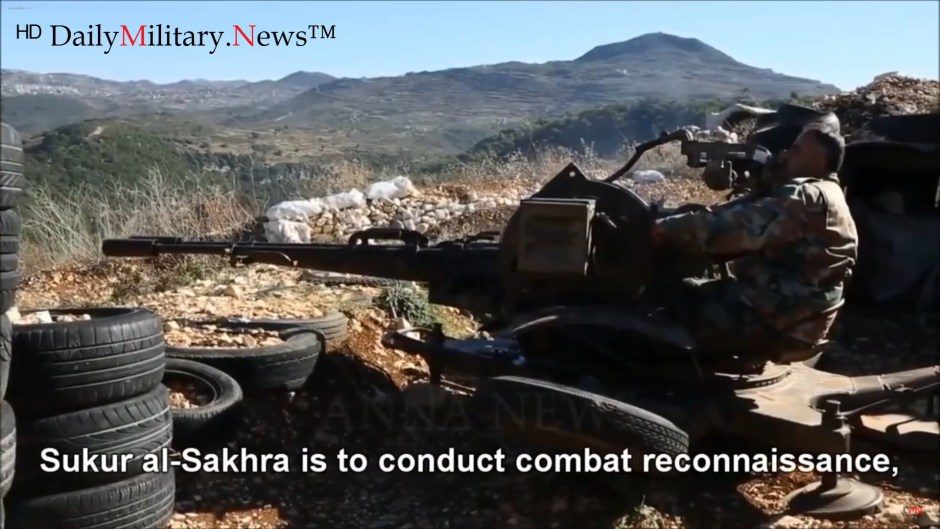This comes after reports that the Syrian military has redeployed its elite Desert Hawks unit to the area, and earlier reports that the Russians are supporting the Syrian army's offensive against ISIS in the area by providing air to ground support with SU-25 ground attack aircraft and KA-52 helicopters.
The Desert Hawks are not technically a part of the Syrian army. They were originally raised in early 2013 as a paid volunteer unit by General Mohammad Jaber, a retired Syrian general turned businessman, to provide protection to his assets. Apparently most of the unit's personnel is made up of former Syrian army officers and combat veterans, many of them apparently former paratroopers. The size of the unit is unclear, but it probably numbers several hundred.
Since Russia intervened in Syria the Desert Hawks have however become increasingly integrated in Syrian army operations, and they played a key role in the liberation of Palmyra last March. The military background of most of the unit's personnel will have made this easier, and contrary to some claims the unit can no longer be considered a strictly private militia but must be considered alongside the Syrian army's other elite Special Forces unit - the Tiger Forces - a genuine part of the Syrian armed forces, answering to the Syrian military's chain of command.
This is how Lieutenant General Sergey Rudskoy described the situation near Palmyra today
On the way to Palmyra Russian air group-supported Syrian army has considerably expanded the area under its control near Tyas. A total of 783 square kilometers has been retaken from the terrorists. The Syrian army has moved 25 kilometers eastwards to have taken El-Beida. The commanding heights along the road have been put under control. A greater part of the way towards Palmyra has been coveredISIS in December was able to exploit the Syrian army's focus on finishing the siege of eastern Aleppo to retake Palmyra and other large territories in eastern and central Syria. It also used the advantage it was given by the US air strike in Deir Ezzor in September to try to storm the town.
With the siege of eastern Aleppo over, and with Wadi Barada recaptured from Al-Qaeda and the water supply to Damascus secured, the Syrian army has been able to rest and then redeploy its best units to the eastern front, where they are going increasingly on the attack. The result is that in Al-Bab, Deir Ezzor and Palmyra the tables look to be turning against ISIS, making the gains it achieved in December and early January appear ephemeral.




Comment: